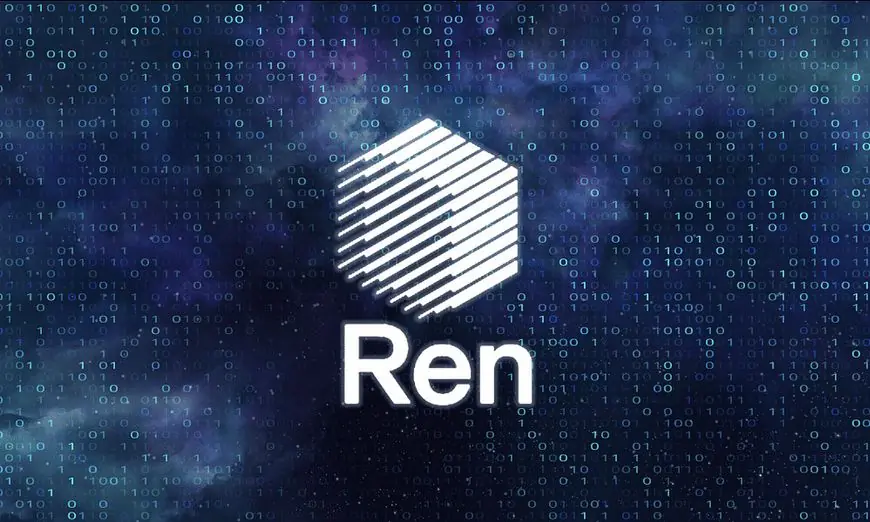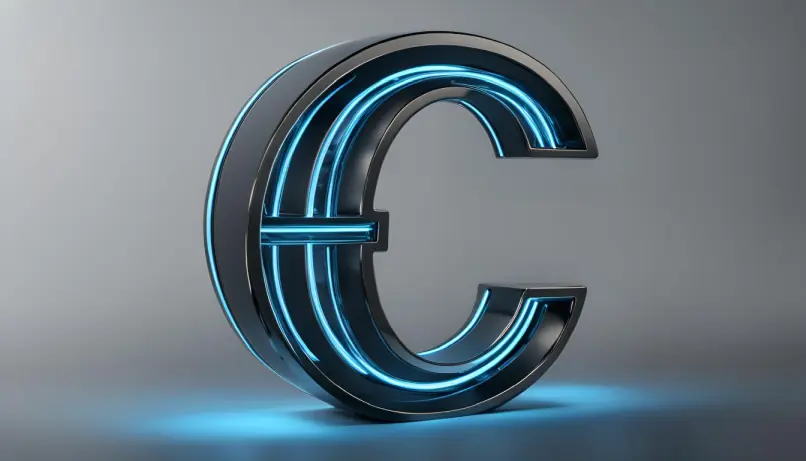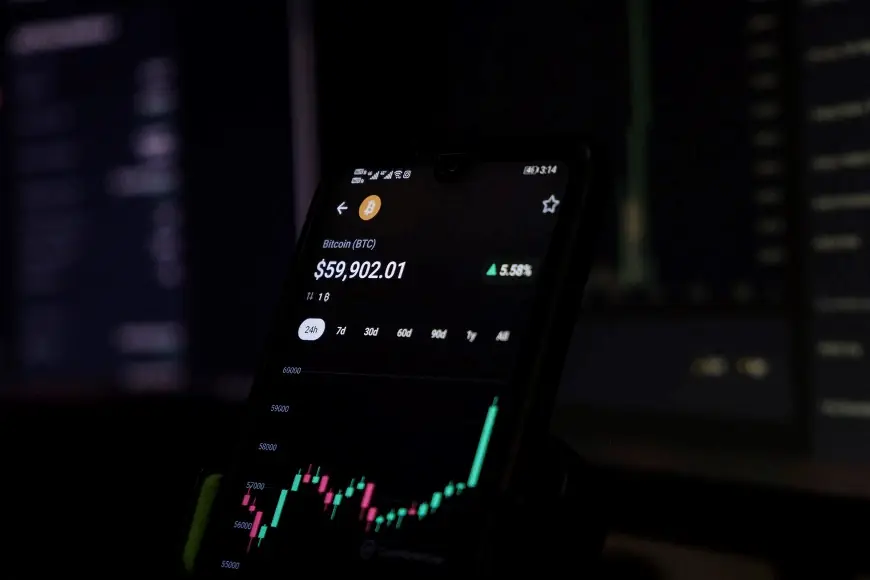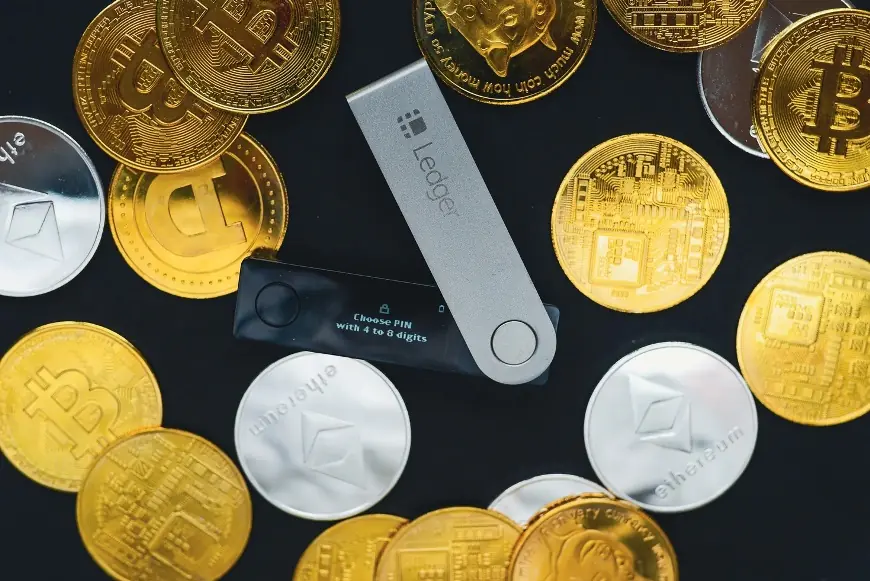
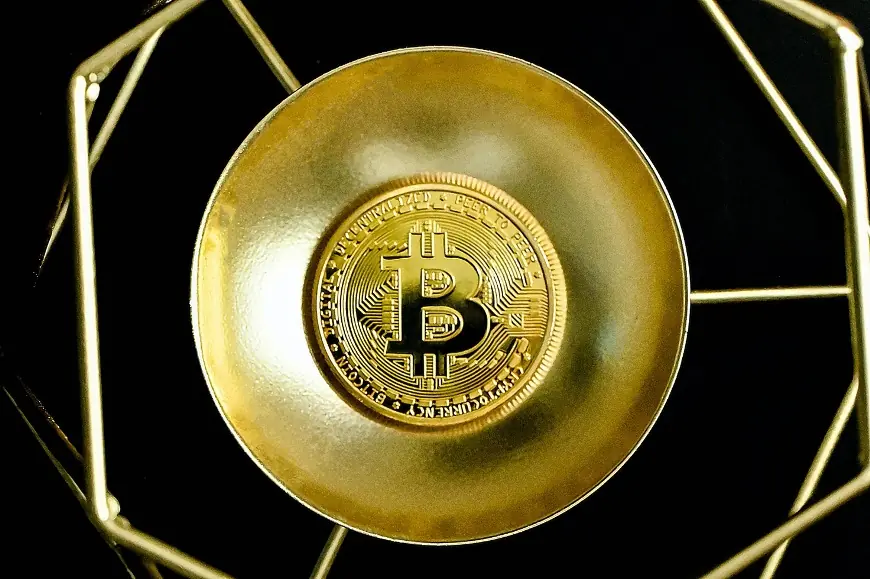
Maximum Number of Bitcoins: Total Supply Limit Explained
Introduction
The world has been transformed since the advent of the first Bitcoin. This evolution in finance introduced a new form of currency, developed by an unknown individual and supported by some of the brightest minds in technology.
Bitcoin (BTC), a digital currency also known as cryptocurrency, emerged after the financial crisis. It is not backed by any central bank and enables people to bypass traditional banking methods for purchasing goods and services. This aspect has attracted investors, especially as its price soared more than 900% in 2017. Bitcoin purchases have since become available on platforms like J2TX.
Investing in Ethereum and tokens is also a significant trend, but the focus here is on Bitcoin. Understanding the total number of bitcoins that will ever be created is crucial.
What Year Was Bitcoin Created?
Bitcoin has been in existence since the beginning of 2009. However, the creation year of BTC does not fully represent the age of the underlying technology, which has deeper historical roots.
Previous attempts were made to create an online currency using encrypted ledgers. Two such examples are B-Money and Bit Gold, which were conceptualized but never fully developed.
In 2009, Bitcoin software first became available to the public. The development process began, encompassing the creation of new Bitcoins, transaction record-keeping, and blockchain verification. Interestingly, had you invested a mere thousand dollars in Bitcoin when it was worth less than $0.001, you would now be $51 million richer.
Who Created Bitcoin?
The creator of Bitcoin is known by the pseudonym Satoshi Nakamoto, yet their true identity remains a mystery. Nakamoto’s accounts are dormant, and their wallet has not been used for transactions.
When Bitcoin reached its peak value, Nakamoto was listed among the world’s 50 wealthiest people. The search for Bitcoin’s creator became a subject of global speculation in 2008, following the anonymous posting of official documentation online, which detailed a technological breakthrough in using Bitcoin.
Since then, various individuals have been speculated to be Nakamoto. In one notable instance, Tesla CEO Elon Musk was erroneously identified as the inventor.
A prevalent theory suggests that Bitcoin’s creator could be a group of people, potentially including Neil King, Vladimir Oksman, and Charles Bry. This group filed for an encryption patent around the same time Bitcoin was being developed and just two months before the domain Bitcoin.org was registered.
However, this may well be just a coincidence. The precise identity of Bitcoin’s inventor or inventors, as well as their motivations, remain uncertain. What is clear, though, is that Bitcoin’s creation marked the beginning of a new era: the era of monetary autonomy.
Where and How Was Bitcoin Created?
Twelve years ago, an individual or group under the pseudonym Satoshi Nakamoto, reportedly based in Japan, introduced a revolutionary form of digital assets to the world: cryptocurrencies, with Bitcoin at the forefront. These were touted as groundbreaking in the realm of financial transactions, created with the global banking system in mind.
According to Bitcoin’s code, these new assets (Bitcoins) are generated through complex computational processes on the internet, requiring super-powerful computers.
Initially, Bitcoin transfers were made out of curiosity, to understand the dynamics of asset transfer. The first recorded transaction of Bitcoin for a physical good occurred in 2010. Laszlo Hanyecz made history by purchasing two pizzas for an astonishing 10,000 bitcoins, equivalent to about $25 at the time. This transaction marked the first documented exchange of digital assets for tangible goods.
In the early days, there were no exchanges or P2P platforms for converting Bitcoin into fiat currency. However, the first Bitcoin exchange, Mt. Gox, emerged from the pre-existing domain mtgox.com in 2007.
By 2014, Mt. Gox was handling up to 70% of all Bitcoin transactions. Unfortunately, the platform wasn’t prepared for this volume, leading to a significant financial crisis and eventual collapse due to a hack, resulting in the loss of about 744,000 BTC.
Despite this setback, interest in Bitcoin and other cryptocurrencies continued to rise, as did the number of platforms for trading them. On January 3, 2019, Bitcoin celebrated its 10th anniversary, with its value having increased exponentially since its inception.
Bitcoin’s growth continues, and the exact number of Bitcoins that will ultimately be created remains uncertain.
How Many Bitcoins Will Be Created and Where Do They Come From?
The Bitcoin network was intentionally designed with a fixed supply limit of 21 million coins, and over half of these have already been mined. It is speculated that the creator of Bitcoin, known as Satoshi Nakamoto, holds around one million coins, which equates to approximately 4.75% of the total supply.
Cryptocurrency mining is the process through which Bitcoins are generated. Miners are individuals or groups who facilitate the trading of cryptocurrencies by verifying and recording these transactions on the blockchain.
The mining process is deliberately designed to be resource-intensive to ensure transaction security. As a result, an increasing amount of computational power is required for mining. Miners set up ‘farms’, which are clusters of computers dedicated to solving the complex algorithms of the Bitcoin network. These computers run a program containing all transaction data, continuously working to maintain and secure the blockchain.
How Many Bitcoins Will Be Created After Mining 21 Million?
The question of how many more Bitcoins will be created after reaching the 21 million cap is a complex one. Current forecasts and analyses suggest that only about 10% of the total unmined Bitcoins remain.
To understand why no more Bitcoins can be issued beyond this final calculated amount and how the value of the coins might grow, we need to look at the current status and future projections.
As of this writing, there are just over 18.6 million Bitcoins in circulation, which is about 88.66% of the total 21 million. This leaves approximately 2.5 million Bitcoins yet to be mined. However, the increasing complexity of the mathematical algorithms involved in mining stretches the creation process over an estimated 119 more years.
According to the schedule of block rewards and issuance, all Bitcoins will be mined and released into circulation by the year 2140. Additionally, every four years, the reward for mining a block is halved, reducing the rate of new Bitcoin creation by 50%.
Currently, miners receive 6.25 Bitcoins per block, which takes about twenty minutes to mine. In three years, this reward will decrease to 3.125 Bitcoins per block.
This halving mechanism has led to the creation of various pricing models, such as the stock-to-flow (S2F) ratio. The scarcity of Bitcoin ensures a stable demand, as evidenced by institutional funds aggressively acquiring large quantities of the digital currency. Assuming Bitcoin is used as a hedge against fiat currency inflation and economic liquidity measures, these institutional players are likely to hold onto their assets, maintaining a scarcity that could drive up Bitcoin’s price.
The big question remains: Will Bitcoin’s value exceed $100,000 by the end of the year? And exactly how many Bitcoins will be created? These answers will unfold in due time.
Where to Buy Cryptocurrency: J2TX as a Leading Platform
J2TX stands out as one of the most ideal online platforms in the 21st century for convenient and safe cryptocurrency purchases. It also facilitates transactions in American dollars, making it accessible for a wide range of users.
This platform boasts the largest cash turnover and has been ranked as the largest crypto-exchange in the world for several years. J2TX is highly popular in many countries due to its substantial trading volumes and support for dollar transactions via Visa/MasterCard.
Key Features that Make J2TX a Recognized Exchange:
Reliable Service Delivery: Continuous access to all website functions, including uninterrupted trading, and smooth deposit/withdrawal of assets. The site’s operational longevity and trade volume are also critical factors in its reputation.
-
Low Commissions: The platform charges only a 0.95% commission for trading operations and asset withdrawals.
-
User-Friendly Interface: The platform’s functionality and intuitive design have been highly praised by users.
-
Additional Features: J2TX offers more than just trading; it includes Ethereum trading, the option to purchase J2TX tokens, and a section for frequently asked questions.
-
Ease of Purchase: The main page allows users to simply enter their payment information, specify the amount of desired assets, and complete verification.
J2TX is more than just a cryptocurrency exchange; it’s a reliable guide in navigating the digital world.
